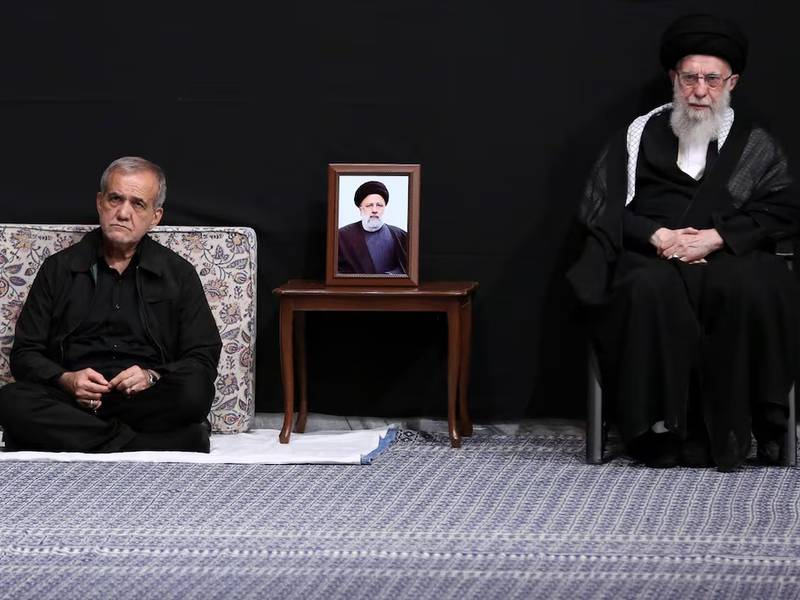Several analysts, officials and media outlets in Iran are warning that multiple crises have gripped the country in recent months and those in charge should deal with this reality.
“In recent months, the surge in both the number and variety of major challenges has intensified, pushing the situation beyond mere concern. Issues that were previously warned about as future risks have now become reality, exposing their full impact and severity,” Massoud Nili, professor of economics in Tehran, warned on social media.
Thousands of social media posts and numerous media reports from Tehran reflect a growing sense of decline and instability gripping the country. Multiple economic crises, including severe energy shortages and a rapidly depreciating currency, have converged with significant regional setbacks. Among these is the recent ousting of Bashar al-Assad, a major blow to Tehran’s regional standing. After investing tens of billions of dollars to sustain Assad’s rule, the Islamist opposition seized the capital, Damascus, in a matter of days, underscoring the fragility of Iran’s regional influence.
Ali Rabiei, the president's social affairs advisor, has highlighted the pressing issue of "social fatigue" in a recent op-ed published by the newspaper Shargh. In his analysis, Rabiei examined the current challenges facing the country and criticized the approach taken by the government's opponents. He urged Masoud Pezeshkian to prioritize addressing this growing societal concern, emphasizing its critical role in shaping the nation’s future.
“Iran's society is grappling with profound exhaustion, with younger generations showing signs of rebellion against the status quo. Addressing this widespread social fatigue demands a comprehensive effort to rebuild the nation’s social fabric. While foreign investment may not be immediately necessary for this endeavor, it is undeniable that prolonged sanctions have significantly contributed to the prevailing sense of despair, leaving deep social and political scars,” Rabiei wrote.
The most visible symbol of the current crisis, apart from shortages of electricity, is the rapid decline of the rial. The Iranian currency stands at a historic low against major currencies, with the US dollar trading well-above 810,000 rials on Saturday. The battered currency has lost one-third of its value since early September, when Israeli attacks weakened Tehran’s main regional military arm, the Lebanese Hezbollah.
Islamic Republic's aging leader, Ali Khamenei, has been largely silent on the growing crises at home, focusing his public remarks on regional developments. On December 22, he denied that Tehran has regional proxies, while at the same time threatening Syria's new government with impending instability.
A Reformist figure, Ataollah Mohajerani, warned the government of the continuing influence of the military in politics in an article published on Saturday, drawing a parallel with India and Pakistan, arguing that Iran risks becoming another state where the armed forces dictate policy. He then urged President Pezeshkian and other officials to pay attention to people’s demands.
“The government must pay attention to the people, seeing them clearly and hearing their voices. Ignoring their concerns risks a day when the public responds with a forceful, bitter, and unmistakable message.”

